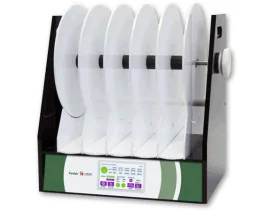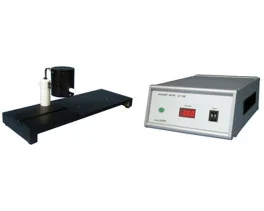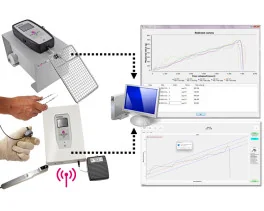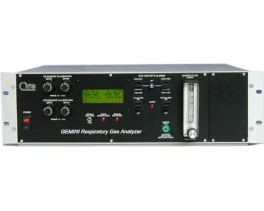Authors
Cutrone A, Valle JD, Santos D, Badia J, Filippeschi C, Micera S, Navarro X, Bossi S.
Lab
The Biorobotics Institute, Scuola Superiore Sant'Anna, Pontedera (PI), Italy.
Journal
J Neural Eng.
Abstract
Objective. In this study we present the development and testing in a rat model of the self-opening neural interface (SELINE), a novel flexible peripheral neural interface. Approach. This polyimide-based electrode has a three-dimensional structure that provides an anchorage system to the nerve and confers stability after implant. This geometry has been achieved by means of the plastic deformation of polyimide. Mechanical and electrochemical characterizations have been performed to prove the integrity of the electrode with very good results. Functionality of SELINEs for fascicular stimulation has been tested during in vivo acute experiments in the rat. Chronic implants were made to test the biocompatibility of the device. Main results. Results showed that SELINEs significantly improve mechanical anchorage to the nerve. Stimulation stability is considerably enhanced compared to common planar transversal electrodes and stimulation selectivity is increased for some motor fascicles. Chronic experimental results showed that SELINEs neither produce changes in the fascicular organization of sciatic nerves nor signs of nerve degeneration. Significance. The presented three-dimensional electrode provides an effective anchorage system to the nervous tissue that can improve the stability of the implant for acute and chronic studies.
BIOSEB Instruments Used:
Electronic Von Frey 4 (BIO-EVF4),Electronic Von Frey 5 with embedded camera (BIO-EVF5)

 Pain - Thermal Allodynia / Hyperalgesia
Pain - Thermal Allodynia / Hyperalgesia Pain - Spontaneous Pain - Postural Deficit
Pain - Spontaneous Pain - Postural Deficit Pain - Mechanical Allodynia / Hyperalgesia
Pain - Mechanical Allodynia / Hyperalgesia Learning/Memory - Attention - Addiction
Learning/Memory - Attention - Addiction Physiology & Respiratory Research
Physiology & Respiratory Research




































 Pain
Pain Central Nervous System (CNS)
Central Nervous System (CNS) Neurodegeneration
Neurodegeneration Sensory system
Sensory system Motor control
Motor control Mood Disorders
Mood Disorders Other disorders
Other disorders Muscular system
Muscular system Joints
Joints Metabolism
Metabolism Cross-disciplinary subjects
Cross-disciplinary subjects CONFERENCES & MEETINGS
CONFERENCES & MEETINGS 
